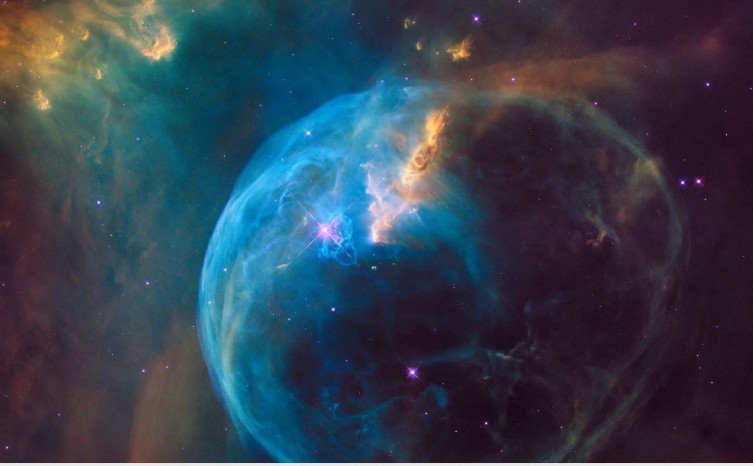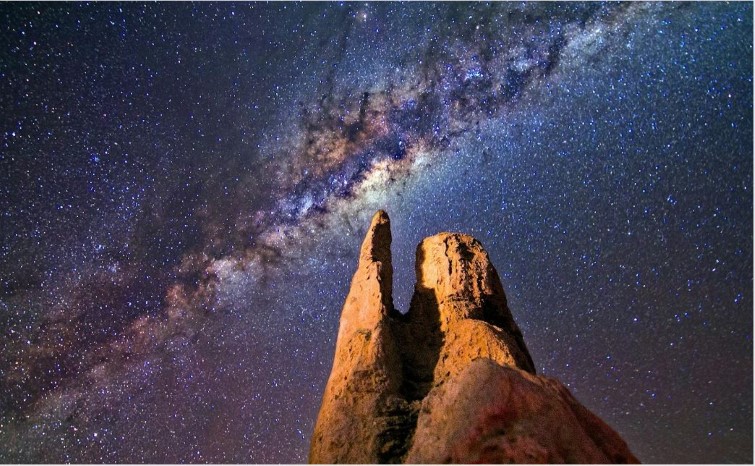Fun to remember: Astro bits and pieces

Let us go back to some of the crucial astronomy facts one should know about at any given time; ready to expand that into more cool knowledge.
Did you know?
1.The center of the universe
Imagine. There was once a dot and something resembling an explosion occurred where the universe expanded, but by a tremendous and senseless amount: 10,000,000,000,000,000,000,000,000,000 times. Those are 28 zeros!
At least that much, says Alan Gut, the author of the inflation theory, according to which the universe inflated incredibly much in the first fractions of a second – so much so that most of the universe is beyond our horizon as far as we can see.
We can only see light that has traveled at most 13.7 billion years because the universe is that old. In other words, some parts of the universe are so far away from us that the light of their galaxies has not yet reached us.
For those who will notice that the universe expanded at a superluminal speed, we will note that the speed limit applies to matter that has mass – space has no mass and can expand at whatever speed it wants.
2. Address
The place of the solar system in the Galaxy.
The solar system is located in the Milky Way galaxy and orbits its center at a speed of about 828,000 km/h. The solar system is located in one of the four spiral arms of the galaxy.
3. The journey

The solar system takes about 230 million years to complete one orbit around the galactic center.
4. Type of galaxy
There are three general types of galaxies: elliptical, spiral, and irregular. The Milky Way is a spiral galaxy.
5. Space in space
Our solar system is literally a space inside space. Planets, asteroids, comets orbit the Sun in that space.
6. Many moons
The planets of the solar system – and even some asteroids – hold more than 200 natural satellites in their orbits.
7. Ring planets
The four giant planets have rings. These are:
Saturn: Saturn is the most famous planet with rings. Its rings are very visible and impressive and are composed of numerous ice and rock particles.
Jupiter: Although Jupiter’s rings are less noticeable than Saturn’s, they do exist. Jupiter’s rings are darker and harder to see.
Uranus: Uranus has rings that are significantly smaller and thinner than Saturn’s rings. Its rings are very thin and dark.
Neptune: Neptune’s rings are also very thin and harder to notice. They were discovered only after space probes were sent to explore Neptune.
8. Departure

More than 300 robotic spacecrafts have explored destinations beyond Earth’s orbit, including 24 American astronauts who have traveled from Earth to the Moon.
9. Life
The solar system is, as far as we know, the only place in the universe where life exists, and that’s on Earth. Scientists are trying to find life in some other places in the cosmos.
As time passes, our horizon increases and every year we see more and more of the universe (although actually fewer and fewer galaxies because the universe is expanding, and galaxies are running away from each other). In a billion years we will see not 13.7, but 14.7 billion light years away from the entire universe!
Did you know that here at OSR you can name stars?

